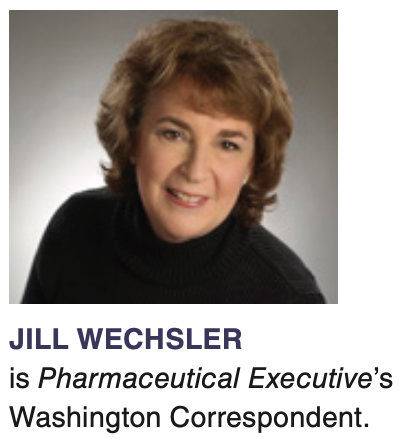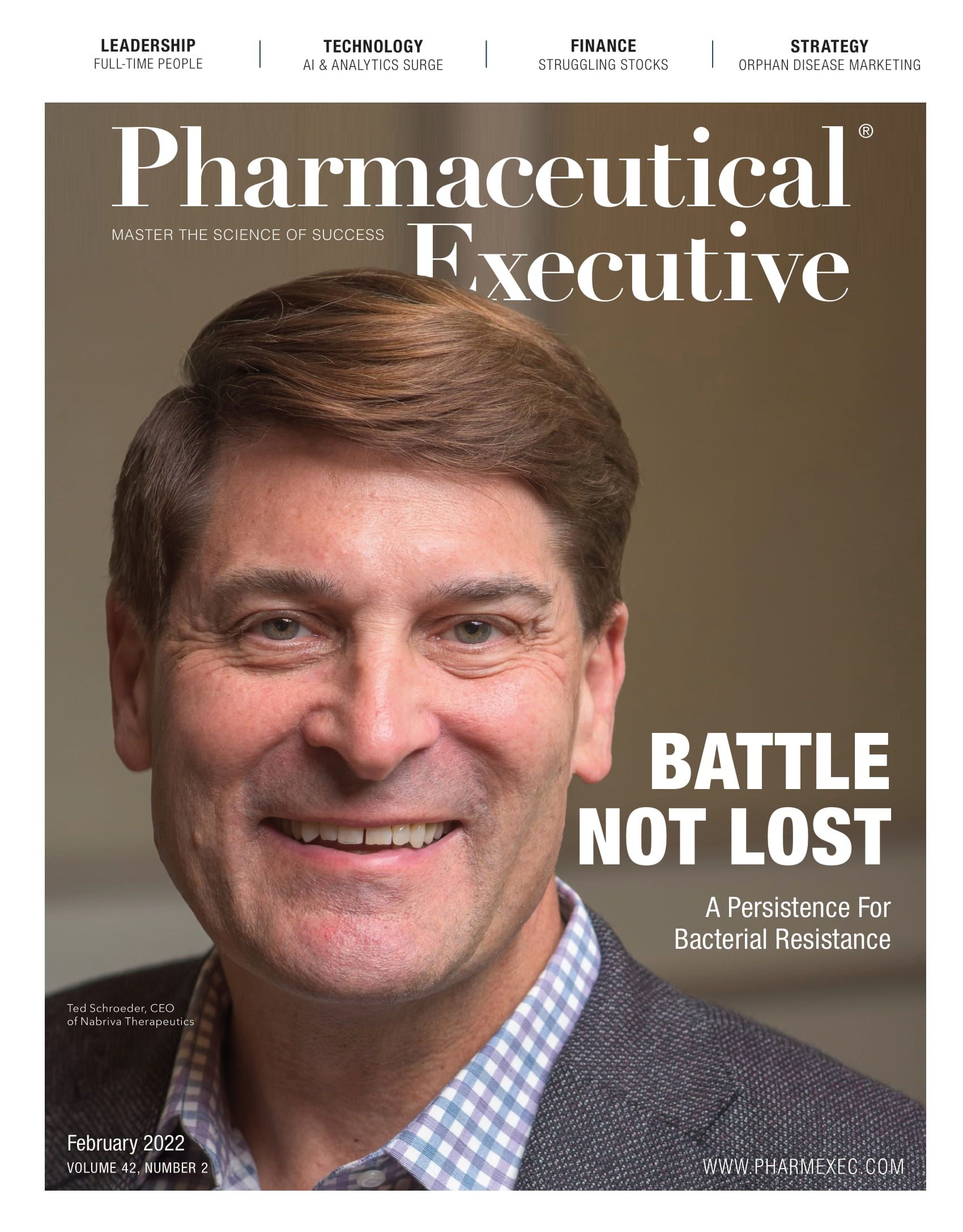- Sustainability
- DE&I
- Pandemic
- Finance
- Legal
- Technology
- Regulatory
- Global
- Pricing
- Strategy
- R&D/Clinical Trials
- Opinion
- Executive Roundtable
- Sales & Marketing
- Executive Profiles
- Leadership
- Market Access
- Patient Engagement
- Supply Chain
- Industry Trends
Global Vaccine Access Challenges FDA, Industry
International collaboration needed to address distribution hurdles.

As public health authorities, patients and manufacturers applaud the fast development and production of billions of doses of innovative vaccines against COVID-19, the campaign continues to extend global access to the life-saving preventives. The “America first” vaccination and treatment policy of the US through the initial 18 months of the outbreak generated loud criticism from international health organizations and patient advocates. The emergence of the omicron variance, moreover, has demonstrated clearly the global nature of the pandemic and the critical importance of expanded vaccination in Africa and other regions to control COVID in all regions.
Global vaccine access concerns came to a head in the US last fall when FDA authorized booster doses of vaccines from Pfizer/BioNTech, Moderna, and Johnson & Johnson while most of the world still awaited initial protection. Marion Gruber, the head of the Office of Vaccine Research and Review in the Center for Biologics Evaluation and Research (CBER), and her deputy resigned in protest. Gruber recently joined IAVI, an international organization that advances the development and distribution of innovative vaccines and therapeutics.
Prospects have brightened for broader access to COVID vaccines as production has soared to more than 11 billion doses in 2021, supporting predictions for doubling that amount by mid-2022. The COVAX vaccine sharing initiative recently announced that last year it shipped over 1 billion doses to 144 countries and territories—a noteworthy achievement, but still far short of the 2-billion-plus vaccine goal set earlier last year. Manufacturing difficulties in the US, European Union and India prompted curbs on vaccine exports, while several vaccine candidates from other manufacturers failed to gain regulatory approval from FDA and the European Medicines Agency. These setbacks limited efforts by COVAX, the Gavi Alliance and CEPI (Coalition for Epidemic Preparedness Innovations) to obtain and distribute needed preventives.
Support for global production
Vaccine supplies for poorer regions has improved with expanded vaccine production in India and other nations and the development of new vaccine formulations with extended shelf-lives and reduced deep-freeze requirements that facilitate distribution. A recent report from Medecins Sans Frontieres identifies 120 biopharma manufacturers in third-world countries capable of producing mRNA-based vaccines, findings based on evidence that firms able to make sterile injectables can produce mRNA treatments.1 Established drug makers in Africa, Asia and South America are collaborating with researchers to develop and test additional anti-COVID vaccines, a process that could be facilitated by licensing agreements to make existing mRNA formulations by Moderna and Pfizer/BioNTech that have been slow to appear.
Meanwhile, BioNTech has unveiled plans to build a modern facility in Rwanda to utilize mRNA technology to develop new preventives against malaria, tuberculosis and other diseases. And Moderna says it will fund an mRNA vaccine facility in Africa, possibly at sites in Senegal, Rwanda or South Africa.
Gavi now aims to raise $5 billion from the US and other industrial nations and international organizations to boost vaccine access and bring the pandemic under control.2 Global vaccine supplies may expand, moreover, as several biopharma companies that fell behind on testing and producing anti-COVID vaccines are moving toward regulatory approval. Novavax recently filed data to support FDA emergency use authorization (EUA) of a vaccine that utilizes more conventional recombinant technology and recently gained conditional marketing authorization in the European Union, Indonesia, the Philippines and Australia.3 Similarly, the German biotech CureVac has linked up with GlaxoSmithKline to test a second-generation mRNA vaccine candidate, with plans to launch Phase I studies this year.
A notable new entry is the Corbevax COVID vaccine, which has been licensed by a research team at the Baylor College of Medicine in Houston to Biological E in India for production of a low-cost preventive for lower- and middle-income countries.4 Indian regulators have approved emergency use of the shot, but scale-up and production present notable challenges.
As FDA and vaccine makers examine the need to update COVID-19 vaccines to better attack omicron and other variants, a consensus has emerged on the importance of international collaboration among regulatory authorities to ensure the effectiveness of revised preventives under different mix-and-match treatment scenarios. The World Health Organization and regulatory authorities are examining what evidence is needed to determine that a revised vaccine works well against current and potential variants, with an eye to avoiding widely differing booster options. Such collaboration will be even more important if annual COVID booster shots become the norm.
Jill Wechsler is Pharm Exec’s Washington Correspondent. She can be reached at jillwechsler7@gmail.com.
References
- https://msfaccess.org/pharmaceutical-firms-across-asia-africa-and-latin-america-potential-manufacture-mrna-vaccines
- https://www.gavi.org/news/media-room/world-leaders-launch-call-renewed-support-vaccination-2022-part-global-fight
- https://msfaccess.org/pharmaceutical-firms-across-asia-africa-and-latin-america-potential-manufacture-mrna-vaccines
- https://www.scientificamerican.com/article/a-covid-vaccine-for-all/

MDMA Therapy for Mental Health Conditions: Do the Benefits Outweigh the Risks?
October 25th 2024Despite a recent FDA Complete Response Letter issued to Lykos for midomafetamine capsules for the treatment of post-traumatic stress disorder, experts believe that the future is bright for psychedelic drugs that treat mental health conditions.
